Know more about Ads.qadservice.com:
Getting stuck with Ads.qadservice.com, computer users will be constantly forced to visit unknown websites all of a sudden while viewing web pages. What is Ads.qadservice.com? Ads.qadservice.com is a nasty adware which is created to increase internet traffic by cyber crooks. It is no doubt that your web browsers may be easily controlled by Ads.qadservice.com after its infiltration and massive pop-ups and unexpected redirection occur every time you launch the windows.
As one of the main purposes of Ads.qadservice.com is to help its developers to generate profits out of users’ clicks on the demonstrated commercials, numerous ads may keep popping up all the time. Your online traffic may be definitely occupied to receive those ads. At the same time, slow PC running speed and windows freeze aroused by Ads.qadservice.com occur frequently which can be disturbance of internet freedom.
What's worse, Ads.qadservice.com is so pesky that is able to pick up data about the user’s web browsing practice and then pass it to the third parties.Don’t ever hesitate to delete Ads.qadservice.com entirely and promptly. Instead, take action to get rid of Ads.qadservice.com from your system completely before any further damage occurs to your computer.
Video Guide to Get Rid of Infections Like Ads.qadservice.com:
Step by Step Instruction to Remove Ads.qadservice.com:
Method one: Manually get rid of Ads.qadservice.com from your computer
Method two: Automatically remove Ads.qadservice.com with antivirus software SpyHunter
Method one: Manually get rid of Ads.qadservice.com from your computer
Step one: Delete PUP programs added by Ads.qadservice.com from computer using control panel
For Windows 7/Vista: Click “Start” (“Windows Logo”)>”Control Panel“>”Uninstall a program“(under Program)>look for any dubious programs, select them and click Uninstall/Change.
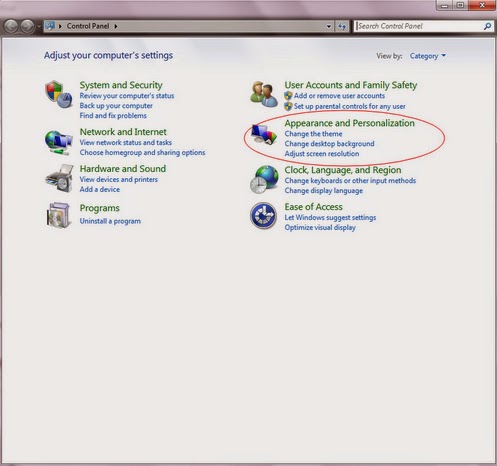
For Windows 8: Right-click on the screen’s bottom-left corner> “Control Panel” >”Uninstall a program“(under Program)> Look for any dubious programs, select them and click Uninstall/Change.
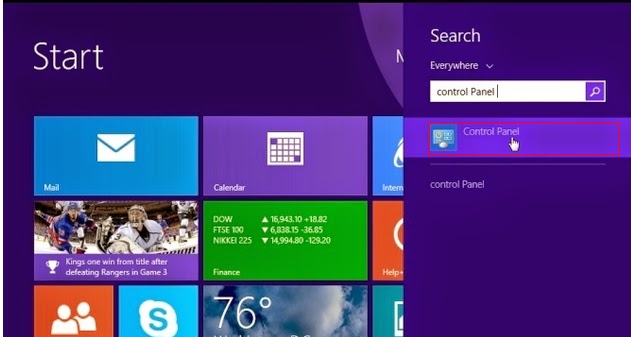
Step two: Remove suspious browsers add-ons added by Ads.qadservice.com
Internet Explorer: Open Internet Explorer, go ‘Tools‘ -> ”Manage Add-ons’ -> ‘Toolbars and Extensions’. Here, look for Ads.qadservice.com and other suspicious ones and then click 'uninstall'. Now open IE once again and click Tools -> Internet Option -> General tab. Enter Google or other address to make it the default start page.
Mozilla Firefox: Open Mozilla Firefox, go ‘Tools’ -> ‘Add-ons’ -> ‘Extensions’. Find Ads.qadservice.com and other suspicious ones and then click ‘Uninstall’. Now open Mozilla Firefox once more, go to Tools -> Options -> General -> Startup and select 'Show a blank page' when Firefox Starts or set a certain website, like Google or similar.
Google Chrome: Open Google Chrome, click on wench icon, go to settings and choose 'Manage search engines'. Change search engine to google or other and delete Ads.qadservice.com and other suspicious ones from the list. Then Go to section “On start” and make sure you get blank page while creating new tab.
Step three: show hidden files and folders and delete harmful files of Spns.seriousads.net
Guide: click the Start button and choose Control Panel, clicking Appearance and Personalization, to find Folder Options then double-click on it. In the pop-up dialog box, click the View tab and uncheck Hide protected operating system files (Recommended).
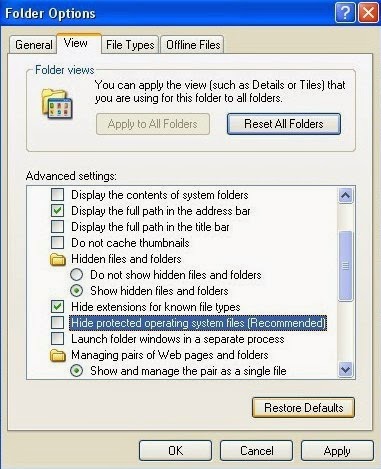
Delete all the following files:
%AllUsersProfile%\{random.exe\
%AllUsersProfile%\Application Data\
%AllUsersProfile%\random.exe
%AppData%\Roaming\Microsoft\Windows\Templates\random.exe
%Temp%\random.exe
%AllUsersProfile%\Application Data\random
Step four: open Registry Editor to delete all the registries added by Spns.seriousads.net
Guide: open Registry Editor by pressing Window+R keys together.(another way is clicking on the Start button and choosing Run option, then typing into Regedit and pressing Enter.)
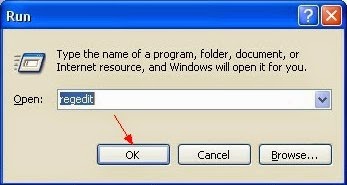
Delete all the vicious registries as below:
HKEY_CURRENT_USER\Software\Microsoft\Windows\CurrentVersion\Uninstall\ BrowserSafeguard \ShortcutPath “%AppData%\[RANDOM CHARACTERS]\[RANDOM CHARACTERS].exe” -u
HKEY_CURRENT_USER\Software\Microsoft\Windows\CurrentVersion\Run “.exe”
HKCU\Software\Microsoft\Windows\CurrentVersion\Internet Settings\random
HKEY_LOCAL_MACHINE\SOFTWARE\Microsoft\Windows\CurrentVersion\run\random
HKEY_CURRENT_USER\Software\Microsoft\Windows\CurrentVersion\Internet Settings “CertificateRevocation” = ’0
(You may need expert skills to figure out relevant files and entries created by Ads.qadservice.com in case that you can’t directly erase the pop-ups by resetting browsers. If you fail to fix the issue manually, please feel free to start an automatic removal with SpyHunter.)
Method two: Remove Ads.qadservice.com from PC using SpyHunter
To remove Ads.qadservice.com from your PCs, it is recommended to Download and install SpyHunter to detect and remove Ads.qadservice.com. SpyHunter is a program that searches for and deletes Adware, Toolbars, and browser Hijackers from your computer. By using SpyHunter you can easily remove many of these types of programs for a better user experience on your computer and while browsing the web.Step 1. Download SpyHunter by clicking the following download link:
Step 2. Double-click on the downloaded file. If asked to allow program to make changes to this computer, click “Yes” button.

Step 3. In this step, please accept the Licence Agreement and click “Next >” button.

Step 4. After the definition database is downloaded, system scan will automatically start.
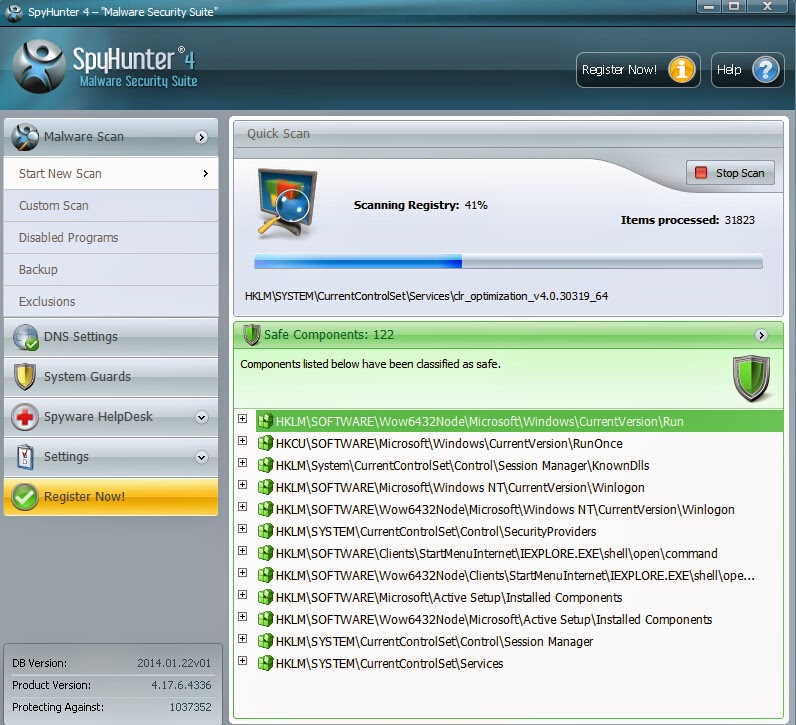.jpg)
Step 5. Remove Ads.qadservice.com and all other threats detected by SpyHunter.
Kindly reminder:
The random names used by Ads.qadservice.com multiply the difficulties of manual removal. If you do not have any virus manual removal experience, it is recommended you choose the automatic removal method. Download and install SpyHunter - the famous antivirus software here to get rid of Ads.qadservice.com completely now. Also, it is suggested that you scan your system regularly with SpyHunter to prevent instruction of any computer infections.


No comments:
Post a Comment
Note: Only a member of this blog may post a comment.